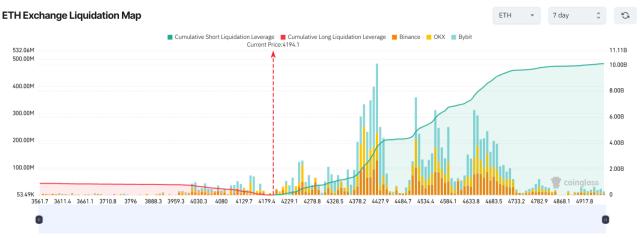Although the U.S. Federal Reserve (Fed) resumed interest rate cuts last week as expected by the market and announced a 1 basis point cut in the federal benchmark interest rate, the hawkish voices within the Fed do not seem to have disappeared.
In response, Wall Street Journal reporter Nick Timiraos, known as the "Federal Reserve's mouthpiece," posted on the evening of September 22nd via the X platform, pointing out that Atlanta Fed President Raphael Bostic has already taken a hawkish stance. Bostic said he predicts the Fed will only cut interest rates once in 2025, the one initiated last week, and that inflationary pressures make him cautious about further rate cuts in October. Nick Timiraos wrote:
Atlanta Fed President Raphael Bostic told me that in his latest forecasts he expects one rate cut in 2025, the one delivered last week.
Inflation makes him cautious about cutting interest rates in October: "I wouldn't support a rate cut at this point, but we'll see how things develop."
St. Louis Fed President simultaneously hawkish
That same evening, Nick Timiraos published a second post, relaying recent comments from St. Louis Fed President Alberto Musalem. Nick noted that Musalem also indicated he might need to see signs of sustained labor market weakness before supporting additional rate cuts. He emphasized that last week's rate cut was merely a "precautionary measure" by the Fed, citing three key reasons for its cautious stance: first, that financial conditions are currently overly loose, potentially amplifying the risk of overheating; second, that excessively ignoring supply chain shocks (such as tariffs or geopolitical factors) could be counterproductive, and that policy "should continue to resist persistent above-target inflation"; and third, that policy is already near neutral, with no need for urgent adjustments.
Mousallem further warned that overemphasizing labor market targets could lead to excessive policy easing, which could in turn risk a steepening yield curve, rising term premiums, or higher inflation expectations. He argued that "these effects could outweigh the benefits for the labor market and lead to more persistent above-target inflation." Nick Timiraos on X fully describes Mousallem's arguments:
St. Louis Federal Reserve President Joseph Moussallem said he would likely need to see signs of persistent labor market weakness before supporting further rate cuts.
"I support the decision to cut interest rates last week as a precautionary measure aimed at supporting a fully employed labor market," Musallem said. He said current policy is between neutral and moderately restrictive, "which I think is appropriate." He added: "I think the room for further easing is limited, and caution should be exercised unless policy becomes too loose."
He offered three reasons for caution: 1) the financial environment is loose; 2) supply chain shocks have been ignored and policy "should continue to resist persistent above-target" inflation; and 3) policy is close to neutral.
Musallem: Based on market-based one-year inflation expectations of 3.3%, this implies a real interest rate of around 0.8%. He said a real interest rate of 1% is not the lower bound for the policy rate, but to reach that level, the outlook or the balance of risks "would have to change further than it currently does."
Mousallem said he would support additional rate cuts if "there are further signs of weakness in the labor market." "Overemphasizing labor market objectives could lead to excessive policy easing, which could result in a further steepening of the yield curve, an increase in term premiums, or an increase in inflation expectations. These effects could do more harm than good for the labor market and lead to more persistent above-target inflation." On the other hand, if inflation expectations are well-established, overemphasizing inflation risks "may not provide sufficient support to maintain a full-employment labor market, especially at a time when downside risks are rising."







